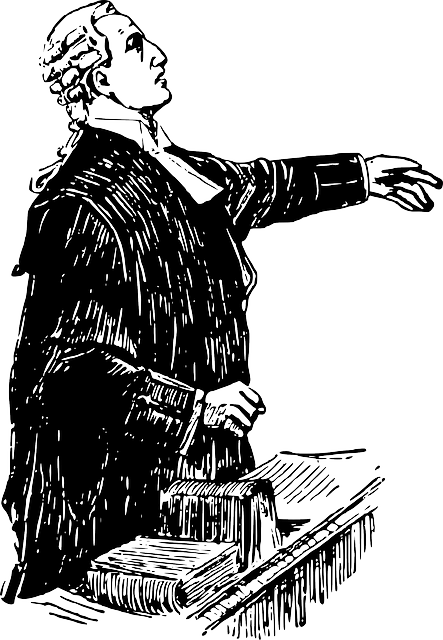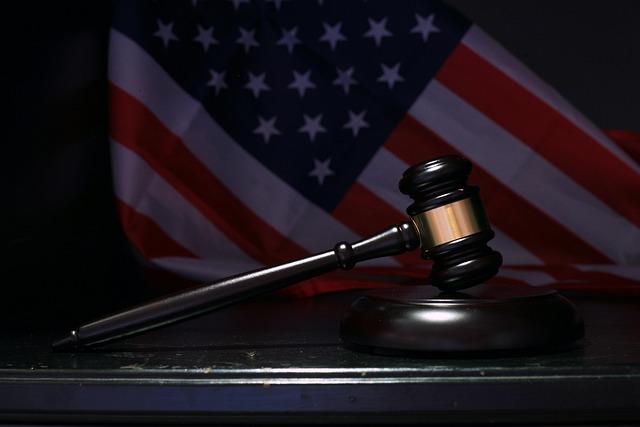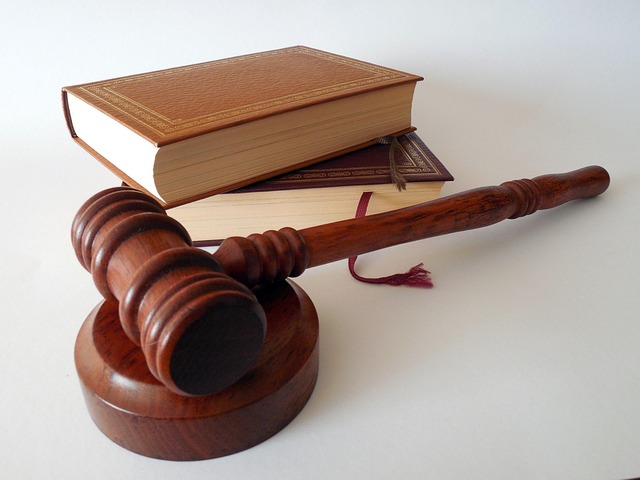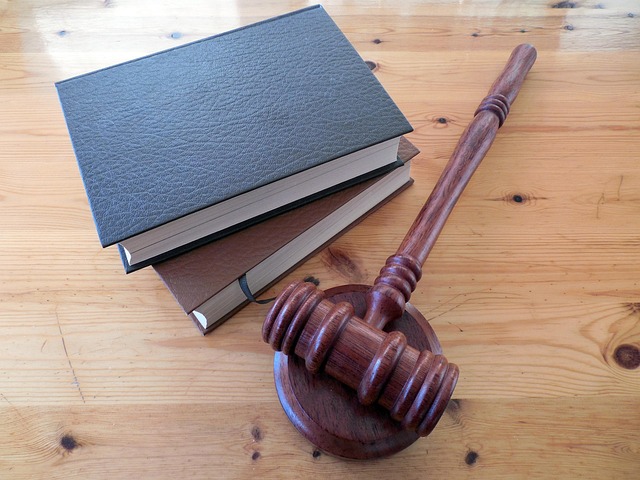A wrongful death claim hinges on proving negligence—a defendant's failure to exercise reasonable care leading directly to a fatality. This involves meticulously examining facts through evidence like medical records, witness statements, and expert opinions, especially in cases like medical malpractice or employment disputes. Strategic legal expertise is crucial for reconstructing events, identifying negligent actions, and establishing duty, breach, and causation, often requiring industry standards knowledge. Successful claims seek compensation for profound loss suffered.
In the heart of any successful wrongful death claim lies the crucial element of negligence. Understanding this concept is pivotal as it forms the cornerstone upon which these cases are built. This article guides you through the intricate process of proving negligence, a complex tapestry of evidence collection and strategic legal navigation. We explore key aspects, from defining negligent acts to gathering irrefutable proof, ensuring victims’ rights and justice are served in wrongful death claims.
- Understanding Negligence: The Cornerstone of Wrongful Death Claims
- Collectible Evidence: Unraveling the Threads of Negligence
- Legal Strategies: Navigating the Complexities of Proving Negligence
Understanding Negligence: The Cornerstone of Wrongful Death Claims

Negligence is a fundamental element that underpins wrongful death claims. In legal terms, it refers to a failure to exercise reasonable care, resulting in harm or loss. When pursuing a wrongful death action, establishing negligence is crucial to ensure justice for the affected family. This process involves demonstrating that a defendant’s actions or inactions fell below the acceptable standard of care, directly causing the unfortunate demise of an individual.
Understanding the nuances of negligence is especially relevant when considering cases such as medical malpractice, elder abuse, and even employment disputes. Each scenario demands a meticulous examination of facts and circumstances to prove that a duty was breached, leading to unforeseen consequences. By presenting compelling evidence and expert opinions, plaintiffs can strengthen their wrongful death claims, seeking compensation for the invaluable loss they have endured.
Collectible Evidence: Unraveling the Threads of Negligence

In a wrongful death claim, proving negligence is akin to unravelling intricate threads that point to liability. Collectible evidence plays a pivotal role in this process, serving as the pieces that form a compelling narrative. This can include medical records detailing the cause of death, witness statements offering firsthand accounts of the incident, and expert opinions that shed light on potential breaches of standards of care. In real estate disputes or partnership disagreements, where fiduciary duty breaches might be at play, financial documents and contracts can provide crucial insights into whether a party’s negligence contributed to the loss of life.
By examining these various forms of evidence, legal professionals can reconstruct events leading up to the wrongful death, pinpointing specific actions (or inactions) that constitute negligence. This involves careful consideration of all relevant factors, from environmental hazards or medical malpractice to product defects or unsafe work conditions—issues that are not uncommon in cases ranging from personal injury to complex business matters, such as partnership disagreements.
Legal Strategies: Navigating the Complexities of Proving Negligence

Navigating a wrongful death claim involves intricate legal strategies to prove negligence. The process demands a meticulous review of facts and circumstances surrounding the incident, including gathering evidence, interviewing witnesses, and reconstructing the sequence of events. A skilled personal injury lawyer plays a pivotal role in this journey, ensuring every detail is scrutinized and presented compellingly in court.
Proving negligence in wrongful death claims requires demonstrating that a defendant owed a duty of care, breached that duty, and their actions directly caused the harm or loss. In commercial disputes, for instance, businesses must adhere to industry standards and regulations, and any deviation with foreseeable consequences could lead to liability. Therefore, understanding the applicable laws and regulations is paramount in building a strong case.
Proving negligence in a wrongful death claim is a meticulous process that demands a thorough understanding of legal principles and a strategic approach. By unraveling the threads of evidence and employing effective legal strategies, individuals seeking justice can navigate the complexities involved. This article has provided insights into the foundational concepts of negligence, the importance of collecting comprehensive evidence, and the various tactics to establish liability in such cases. Understanding these key aspects is essential for navigating the legal landscape and achieving a favorable outcome in wrongful death claims.






